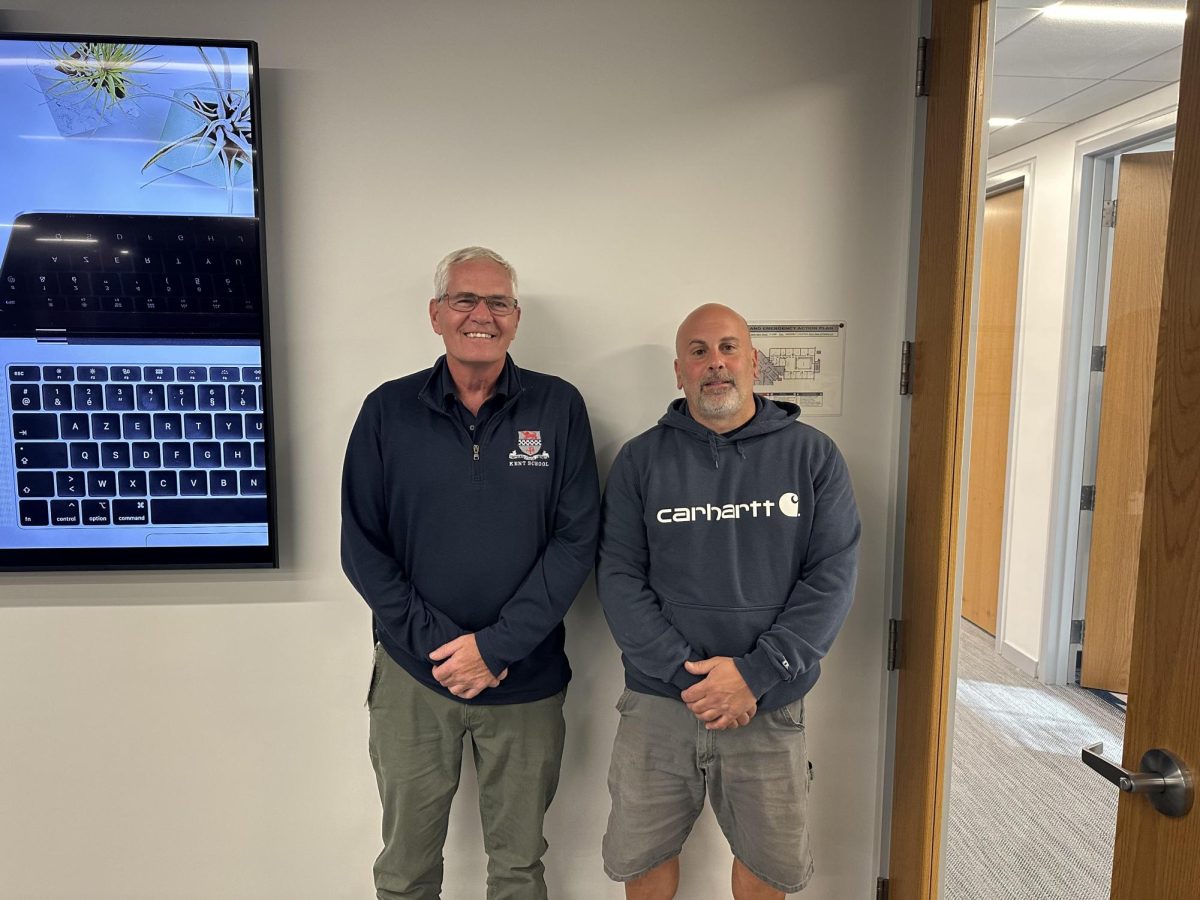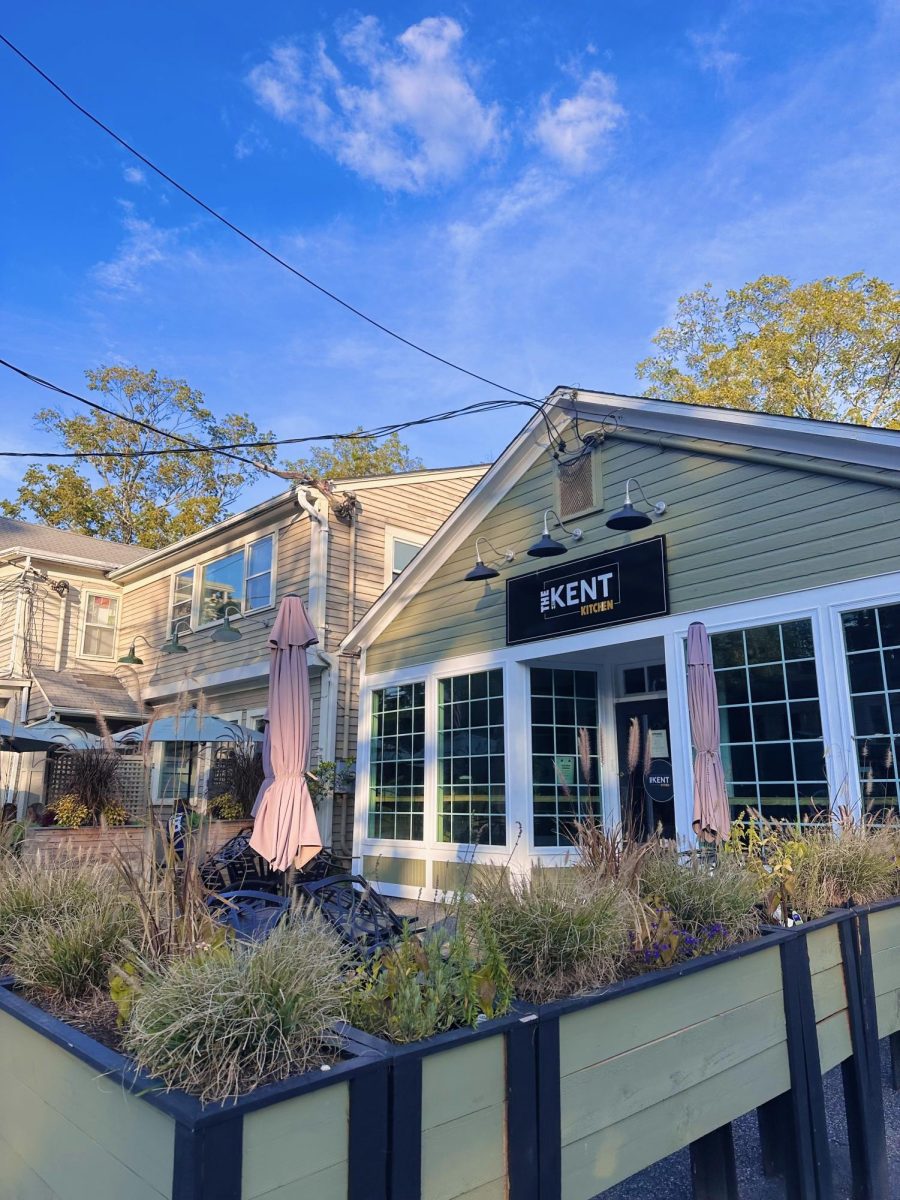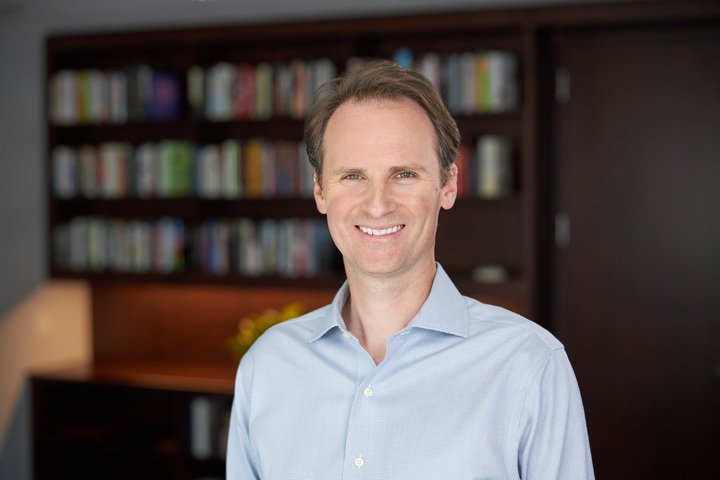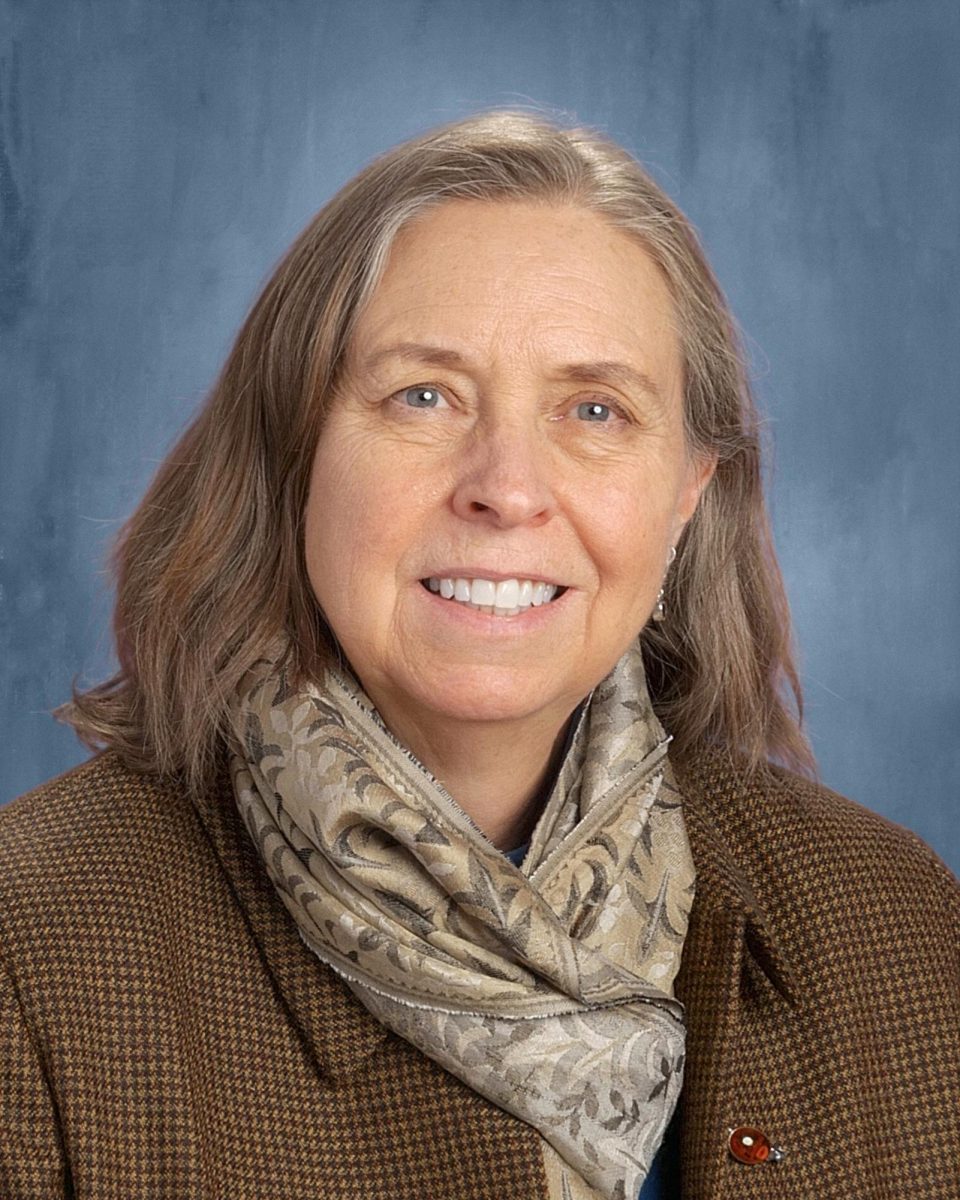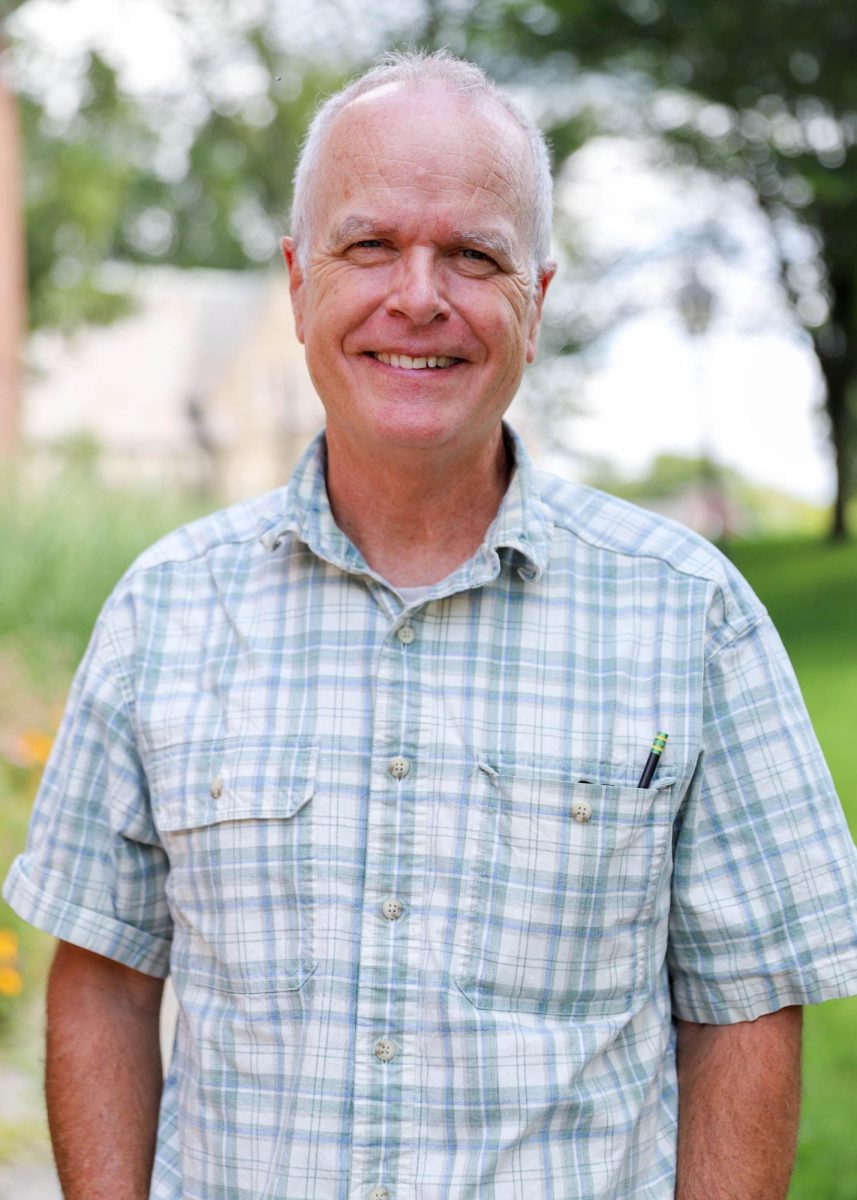Gearing up for the track in Texas, Kent’s Solar Car team had been feeling strong and confident in their car. Despite not being able to test run, they felt ready.
The goal was straightforward: to complete the most laps for four days for six hours every single day. The first driver would take the seat and from 12 to 2, then there would be lunch and an opportunity to recharge the cars and from 2 to 4. More racing would continue depending on the heat for this race. Students Solomon Wakin and Sean Neary would take the wheel. The challenge was power management: to determine what speed would ensure the car ran for the longest period of time out of any of your competitors. To accelerate too fast and return to the pits due to any issues would make the car lose energy and would make the racers lose laps, since, once the race begins, the car cannot be charged manually, only through solar panels.
Initially out ahead of the other cars, Mr. Bezerra had some suspicions that it was “too good to be true.” As the day continued and got hotter, the panels reflected that the voltage was getting higher and the students thought the car was charging much ahead of schedule, but it had been reading incorrectly. It was in fact too good to be true, but Mr. Bezerra expressed suspicions to the team and gave room to the captain to decide what they would do. With confidence in the car, his decision was to keep going.
They would increase the speed and, after what had felt like the beginning of a strong race, the battery was too far stretched. There was too much of a dramatic increase in speed and too much energy cost, so the car broke down and was towed back to the sidelines. Somehow, the car had fallen to 0% battery. Already in the stress condition of the heat, the past 2 years, and travel spent getting there, the loss was weighing heavily on the team; however, although they may have lost the race, they didn’t lose their spirit.
Two things had happened during the race. One, an essential fuse (providing information about the voltage measurement) blew, for reasons why they could not and will not ever be able to figure out. Two, a disc broke and thus a bolt loosened, probably because of the intense heat of the days. But Mr. Bezerra reminded the team that, much like the F1 pit crews and airplane engineers, ”the goal was to eliminate as many potential risks as possible.” The engineer’s job is to challenge the possibilities and rework the process. Immediately after the loss the team regrouped and began mapping out what had to come next. The weight needed to be reduced, the material of the structure had to be changed, the fuses had to be more closely monitored, the back wheels had to change, the motor had to be altered.
Mr. Bezerra had told the team that “the win was possible but not guaranteed.” As a mentor, he cautioned them and gave them the opportunity to problem-solve themselves. That is what he feels his role is: he sees himself as an “advisor, not a coach. We believe in letting the students to take the risks.” His responsibility is to get the students to the races, but from then on, they have to take charge.
Inside of the classroom he must give his students a grade, although that is certainly the most minimal thing he equates their value too, but he reminds us, vulnerably, that the ”student teacher relationship cannot be too vertical.” It is rather much better, and one of the gifts of being at a boarding school, to be able to see them without the necessary rigid set of expectations a classroom demands. A truly full relationship between teacher and student is thus not just one where ideas are being fed and returned but the kindling of a flame.
His deeply rooted passion for Solar Car is not in controlling the experience but in facilitating an environment for growth. In this relationship “there is no grade… unfortunately we have a system, we do have to have it in the classroom but not here.” Every year flows with disciplined commitment to the solar car (purchasing of materials, searching for new ideas and re-organization, etc.) just to, in the end, let go of graduating students, cars and philosophies. Every year he must divorce the process in order to give it life all over again.
There is no part of Solar Car that is without a deep purpose, even the name itself is important. This past year the car was named “Solar Reliance,” this year it will likely be named “Solar Simplicity,” continuing on the legacy of reflecting all of the school competences “develop independence, servant leadership, creativity, critical thinking and so on.”
Mr. Bezzera is a reflection of the passion and intention that we may all strive to have in anything that we do. The Solar Car crew is ready to continue to grow every year and will return back to the races soon, stronger than ever before.


